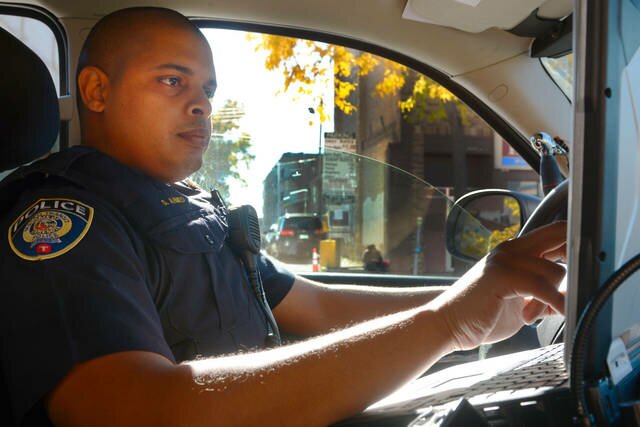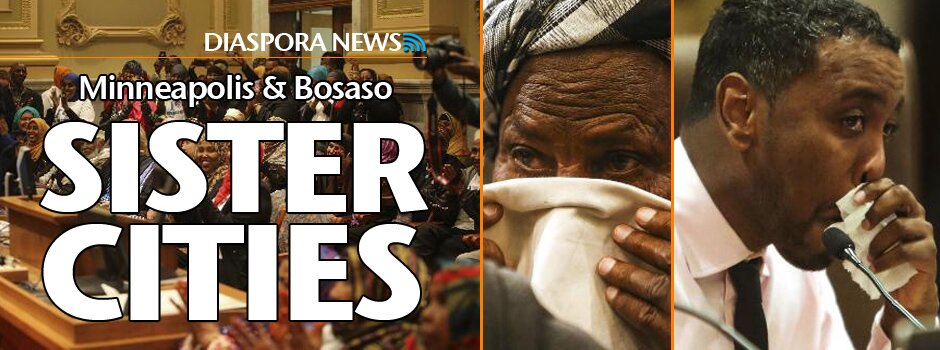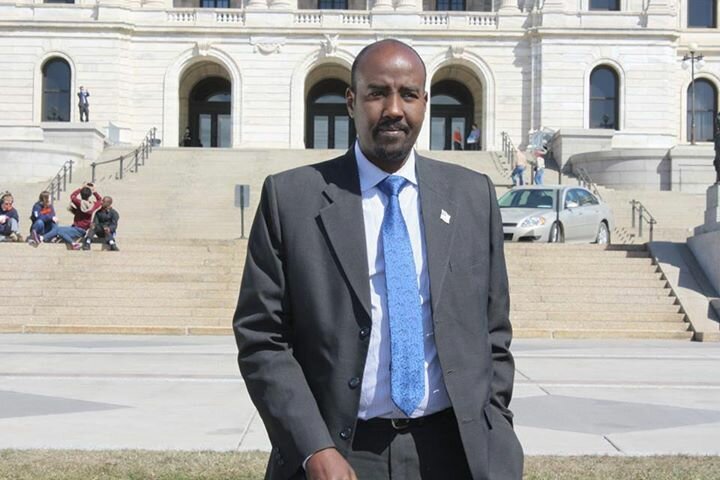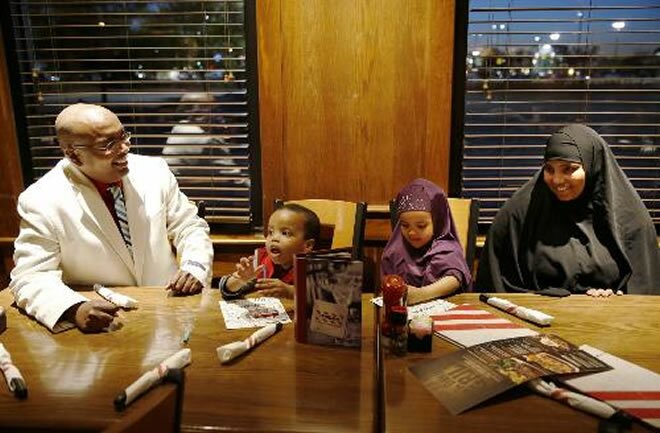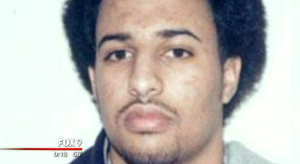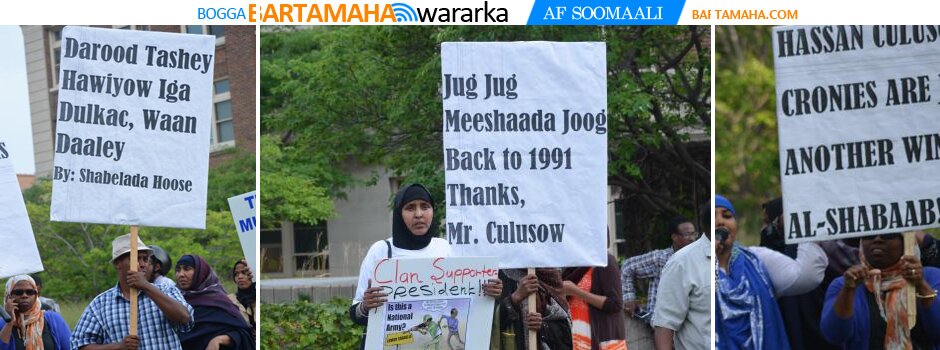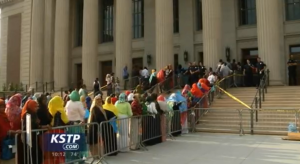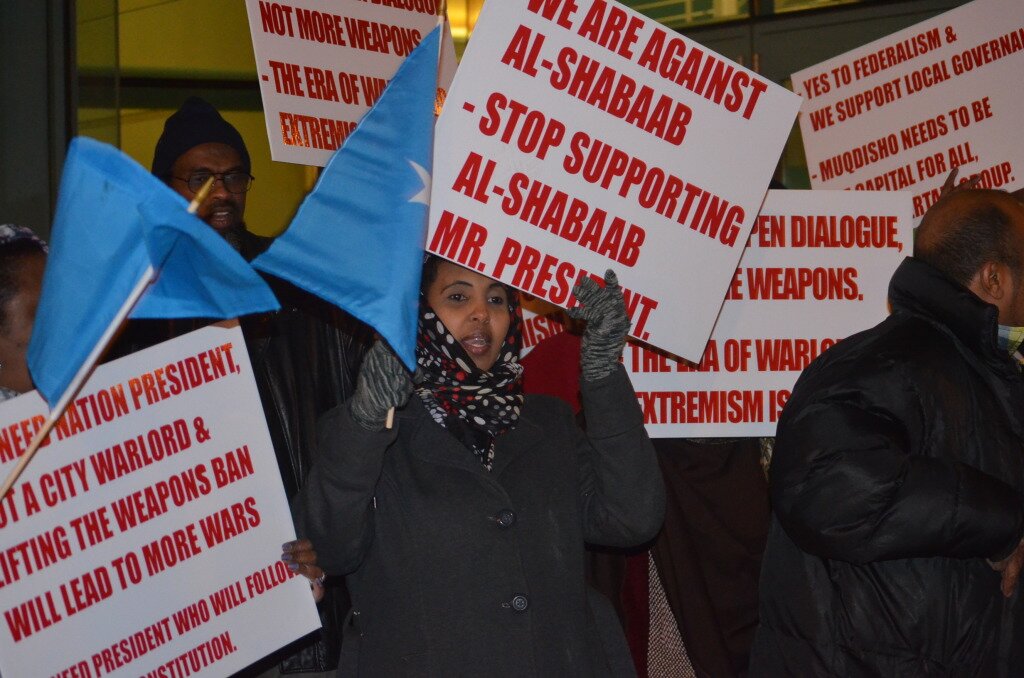Survey: Nearly 1 in 3 US Somalis live in Minnesota
 Bartamaha (Minnesota):- American Community Survey data was released Tuesday by the U.S. Census Bureau, giving even the smallest Minnesota towns a chance to look at how they’ve changed since the 2000 census.
Bartamaha (Minnesota):- American Community Survey data was released Tuesday by the U.S. Census Bureau, giving even the smallest Minnesota towns a chance to look at how they’ve changed since the 2000 census.
It will take time to identify the most interesting trends happening in Minnesota. MPR News will have several stories in the next few days looking at different aspects of the data, but below is a first glance of what we’ve seen so far.
Nearly one in three people with Somali ancestry in the U.S. live in Minnesota. Some activists claim there are more. The survey says there are about 25,000 people with Somali ancestry in Minnesota and about 85,700 in the United States.
The other states with large Somali populations are Ohio, Washington and California, but their communities are much smaller than Minnesota’s. The figures include people born in Somalia and their decedents.
Towns within a 45-minute drive of the Twin Cities are booming. Keep in mind that the survey data provides only estimates, and more accurate census data will be released in a few months. But several cities and towns close enough to the Twin Cities for residents to commute have more than doubled in population since 2000: Wyoming, Forest Lake, Isanti, Shafer, Montrose, Carver, Hanover, Mayer and Otsego. Some other big population gains were in Rogers, Hugo, Zimmerman, Chisago City, Belle Plaine, Victoria and St. Michael.
Small towns in outstate Minnesota with populations under 2,000 saw the biggest drops in population. Ninety-five towns with 2,000 people or less saw their populations decrease by 10 percent or more. Four towns with populations of 2,000 or more during the 2000 census showed about a 10 percent decrease: International Falls, Janesville, Ortonville, Mountain Lake and Breckenridge.
Pockets of high poverty exist both in rural and urban areas. Minnesota cities with poverty rates exceeding 20 percent in the five-year American Community Survey estimates are Halstad, Worthington, Mankato, Little Falls, St. Peter, Winona and Minneapolis. The list is likely longer, but because of high margins of error, we can’t say for sure if the others exceed 20 percent. In general, cities with the highest poverty rates had lower poverty rates in 2000.
It’s rare to find someone without a high school diploma in many Twin Cities suburbs. Hugo, Mendota Heights, Minnetonka, Marine on St. Croix, Deephaven, Tonka Bay, Hanover, Lilydale, North Oaks, Sunfish Lake, Greenwood, Dellwood, Pine Springs, Medicine Lake, Woodland and Wayzata are all cities where 98 percent or more of adults 25 and over have completed high school.
Less than a quarter of the residents in more than a dozen Minnesota cities haven’t completed high school. Some of the cities where less than 75 percent of adults 25 and over have completed high school, according to estimates: Butterfield, Watkins, Clearbrook, McGregor and Long Prairie.
===========================
Source:- Minnesota.publicradio and AP.
Comments
comments
 Calendar
Calendar








